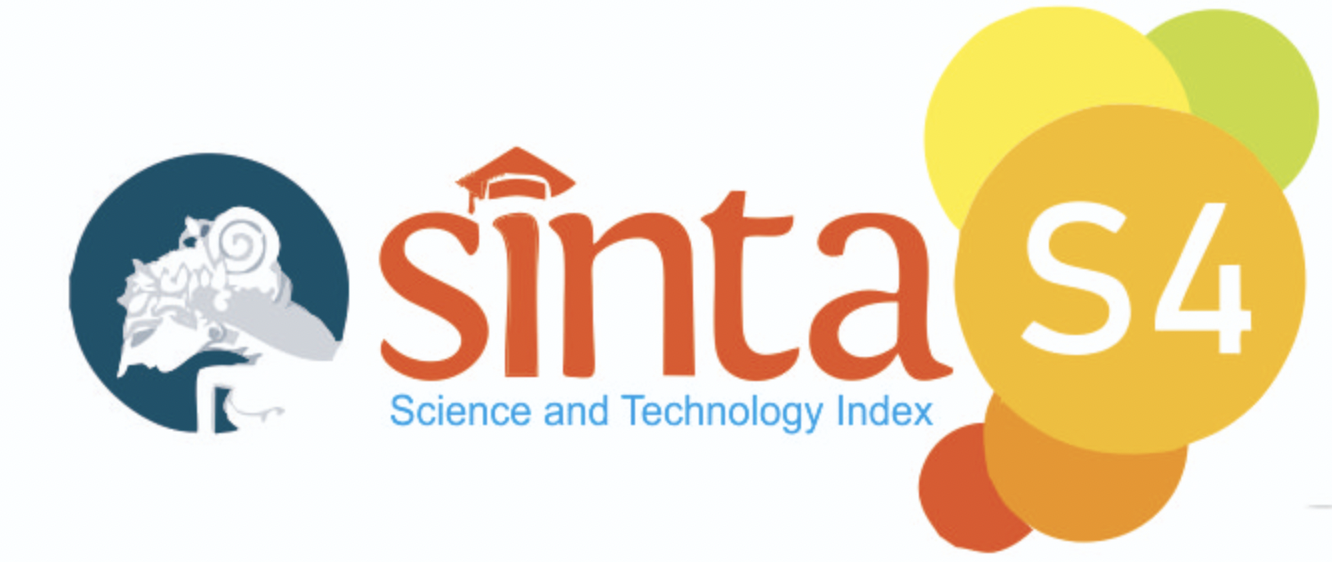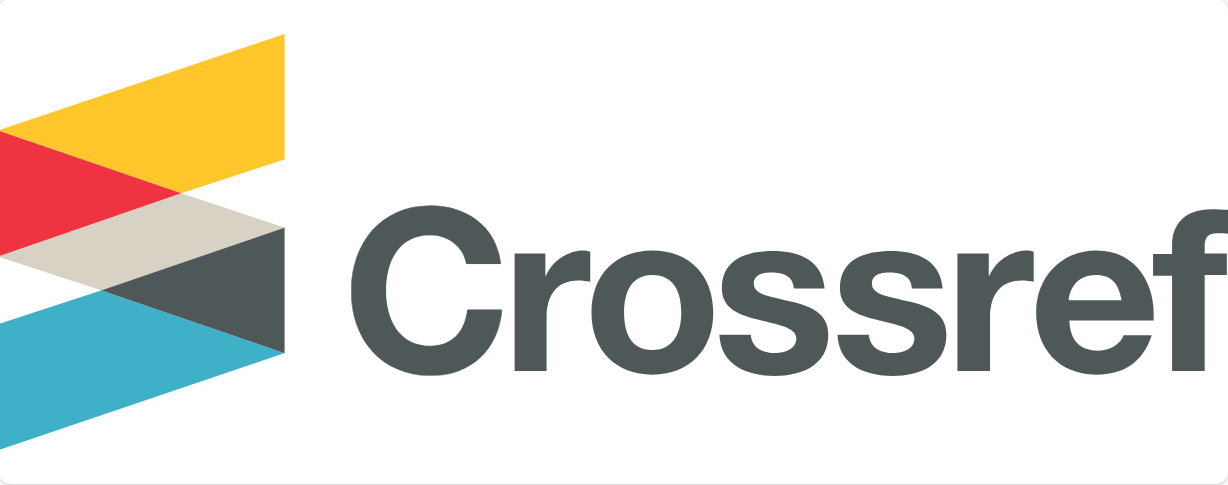Abstract
Batik is a work of visual art in the form of traditional clothing, and intangible cultural heritage has become an inseparable part of the daily life of the Indonesian people. One of the motives is the famous Rifa'iyah batik with a pattern inspired by the teachings of Sheikh Ahmad Rifa'i which shows evidence of the beliefs, deeds, and identity of Sheikh Ahmad Rifa'i's followers. In this study, the author aims to discuss Batik Rifa'iyah as a document using conceptual analysis based on document theory such as the concept of meaningful, indexicality, and documents as a broader system to explore the meaning contained in Batik Rifa'iyah styles. This study provides an alternative understanding of batik cloth, especially batik rifa'iyah which is not limited to cloth and visual arts but also provides an in-depth analysis of how to treat colors, shapes, and patterns as documents that refer to the daily life of the Rifa'iyah people. This research also extends the use of document theory in analyzing various information objects in the neodocumentation movement tradition. The results show that batik rifa'iyah has enriched our view of documents, which are symbolic representations, not only expressed through words that have long been known, but lines, colors, and shapes are indeed essential things of a document.
Bahasa Abstract
Batik merupakan karya seni visual berbentuk pakaian tradisional dan sebagai warisan budaya takbenda yang telah menjadi bagian tak terpisahkan dari kehidupan sehari-hari masyarakat Indonesia. Salah satu motifnya yaitu batik Rifa'iyah terkenal dengan corak yang terinspirasi dari ajaran Syeikh Ahmad Rifa'i yang menunjukkan bukti keyakinan, perbuatan, dan jati diri pengikut Syekh Ahmad Rifa'i. Dalam penelitian ini, penulis bertujuan untuk membahas Batik Rifa'iyah sebagai dokumen dengan menggunakan analisis konseptual (Conceptual analysis) berdasarkan teori dokumen seperti konsep kebermaknaan, indeksikalitas, dan dokumen sebagai sistem yang lebih luas untuk menggali makna yang terkandung dalam corak Batik Rifa'iyah. Kajian ini memberikan alternatif pemahaman kain batik, khususnya batik rifa'iyah yang tidak terbatas pada kain dan seni visual tetapi juga memberikan analisis mendalam tentang bagaimana memperlakukan warna, bentuk, dan pola sebagai dokumen yang mengacu pada kehidupan sehari-hari masyarakat Rifa’iyah. Penelitian ini juga memperluas penggunaan teori dokumen dalam menganalisis berbagai objek informasi dalam tradisi neodocumentation movement. Hasil penelitian menunjukkan bahwa batik rifa'iyah telah memperkaya wawasan pandangan kita tentang dokumen yang merupakan representasi simbolik tidak hanya diekspresikan melalui kata-kata yang sudah lama dikenal tetapi garis, warna, dan bentuk memang hal yang esensial dari sebuah dokumen.
References
- Aji, D. B., & Bagiya. (2019). Kajian Semiotika Motif batik Tulis Adi Purwo Khas Purworejo. In The 9th University Research Colloqium 2019 Universitas Muhammadiyah Purworejo (pp. 240–246). Purworejo: Universitas Muhammadiyah Purworejo.
- Briet, S. (2006/1951). What is documentation?: English translation of the classic French text. Scarecrow Press.
- Buckland, M. (2018). Document theory. Knowledge Organization, 45(5), 425-436.
- Buckland, M. K. (1997). What is a “document”?. Journal of the American society for information science, 48(9), 804-
- Buckland, M.K., & Day, R. (1996). The semiotic of “document” and antelope of suzanne Briet. Approaches to semiotics, 126, 1203-1206.
- Couzinet, V. (2015). A documentologic approach of herbarium: documentary anabiosis and philogenetic classification. Proceedings from the Document Academy, 2(1), 16.
- Day, R. E. (2014). Indexing it all: The subject in the age of documentation, information, and data. Mit Press.
- De Carlo, I. (2019). Peran Perpustakaan Balai Besar Kerajinan Dan Batik Dalam Melestarikan Batik. Dalam Prosiding Online Seminar Nasional Batik dan Kerajinan 1(1).
- Elliott, I. M. (2004). Batik: Fabled cloth of Java. New York: Periplus.
- Floridi, L. (2019). The logic of information: A theory of philosophy as conceptual design. Oxford University Press.
- Foucault. M. (1997). Ethics: Subjectivity and truth (The essential works of Foucault, volume 1, 1954–1984). The New Press, New York, NY.
- Gadabima, B. (2018). Batik dan makna kehidupan batik. Kumparan. Diakses dari https://kumparan.com/bimogadabima/ seni-dan-makna-kehidupan-batik.
- Gorichanaz, T. (2015). For every document, a person: A cocreated view of documents. Proceedings from the Document Academy, 2(1), 9.
- Gorichanaz, T. (2017). Gorichanaz, T. (2017). Understanding art-making as documentation. Art Documentation: Journal of the Art Libraries Society of North America, 36(2), 191-203.
- Gorichanaz, T. (2018). Documents and moral knowledge: art in Yellowstone National Park. Proceedings from the Document Academy, 5(2), 5.
- Gorichanaz, T. (2019). Self-Portrait, Selfie, Self: Notes on Identity and Documentation in the Digital Age. Information, 10(10), 29.
- Gorichanaz, T., & Latham, K. F. (2016). Document Phenomenology: A Framework for Holistic Analysis. Journal of Documentation, 72(6).
- Hassan, R. (1985). Iqbal’s philosophy of art. Iqbal Review: Journal of the Iqbal Academy Pakistan. 26(3). Diakses dari http://www.allamaiqbal.com/publications/journals/review/oct85/2.htm#_edn50.
- Husna, J. (2018). Implementasi Knowledge Management di Perpustakaan dalam Membangun Koleksi Warisan Budaya Batik. Pustakaloka, 10(2), 146-161.
- Iqbal, M. (1961). Stray Reflections. A note-book of Atlanta Iqbal. Lahore: Iqbal Academy Pakistan.
- Jaeni, M. (2017). Seni Budaya Rifa’iyah: Dari Syi’ar Agama hingga Simbol Perlawanan (Menggali Nilai-nilai Seni Budaya dalam Kitab Tarajumah dan Kehidupan Masyarakat Rifa’iyah). Sabda: Jurnal Kajian Kebudayaan, 10(1), 1-26.
- Krisnawati, E., Sunarni, N., Indrayani, L. M., Sofyan, A. N., & Nur, T. (2019). Identity Exhibition in Batik Motifs of Ebeg and Pataruman. SAGE Open, 9(2). https://doi.org/10.1177/2158244019846686
- Latham, K. F. (2012). Museum Object as Document: Using Buckland’s Information Concepts to Understand Museum Experiences. Journal of Documentation, 68(1), 45.
- Meyriat, J. (1981). Document, documentation, documentologie. l’écrit et le document. Schéma et schématisation, 14(1), 51-63.
- Muryanto, B. (2020, 18 Maret). Rifaiyah batik: On the edge of extinction. Jakarta Post. Diakses dari https://www.thejakartapost.com/life/2020/03/18/rifa iyah-batik-on-the-edge-of-extinction.html.
- Nursalim, A., & Sulastianto, H. (2015). Dekonstruksi motif batik Keraton Cirebon: Pengaruh ragam hias keraton pada motif batik Cirebon. Jurnal Penelitian Pendidikan, 15(1), 27–40.
- Pierce, C. S. (1991). Pierce on signs:,writting on semiotic. UNC Press Book.
- Prizilla, A. B., & Sachari, A. (2018). The Visual Ornaments of the Rifa’Iyah Pelo Ati Batik As a Mode of Islamic Proselytism. IJASOS- International E-Journal of Advances in Social Sciences, 3(9), 1104–1111. https://doi.org/10.18769/ijasos.398232
- Saraswati, H., Iriyanto, E., & Putri, H. Y. (2013). Semiotika Batik Banyumasan sebagai bentuk identitas budaya lokal masyarakat Banyumas. Piwulang Jawi: Journal of Javanese Learning and Teaching, 2(1), 1–5.
- Setyani, R. (2015). Falsafah seni Islam (studi komparatif antara pemikiran Sir Muhammad Iqbāl dan Sayyed Hossein Nasr). (Doctoral dissertation, UIN Walisongo). Diakses pada http://eprints.walisongo.ac.id/5249/
- Sohirin. (2016). Komunitas Rifa’iyah, Batik dan Laku Spiritual. Majalah Tempo. Diakses pada https://majalah.tempo.co/read/layar/150134/komunita s-rifaiyah-batik-danlaku-spiritual.
- Sundberg, K., & Kjellman, U. (2018). The tattoo as a document. Journal of Documentation, 74(1), 18-35. JURNAL ILMU INFORMASI, PERPUSTAKAAN, DAN KEARSIPAN - VOLUME 23, NOMOR 1, APRIL 2021 9
- Susanti, R. (2015). Mengungkap Pengaruh Syariat Islam terhadap Motif Batik. Kompas.com. Diakses pada https://regional.kompas.com/read/2015/03/20/21000 061/Mengungkap.Pengaruh.Syariat.Islam.terhadap.S eni.Corak.Batik.
- Talja, S., Tuominen, K., & Savolainen, R. (2005). " Isms" in information science: Constructivism, collectivism and constructionism. Journal of documentation, 61(1), 79- 101.
- UNESCO. (2009). Indonesian Batik. Diakses dari https://ich.unesco.org/en/RL/indonesian-batik-00170
- Yulianto, E., Prabawanto, S., & Sabandar, J. (2019). Pola matematis dan sejarah batik sukapura : Sebuah kajian semiotika. Jurnal Penelitian Pendidikan Dan Pengajaran Matematika, 4(1), 15–30.
Recommended Citation
Kamil, Rusdan; Fitriani, Dian Novita; and Khatimah, Khusnul
(2021)
"Batik Rifa'iyah Sebagai Dokumen,"
Jurnal Ilmu Informasi, Perpustakaan dan Kearsipan: Vol. 23:
No.
1, Article 1.
DOI: 10.7454/JIPK.v23i1.001
Available at:
https://scholarhub.ui.ac.id/jipk/vol23/iss1/1
Included in
Archival Science Commons, Collection Development and Management Commons, Information Literacy Commons







